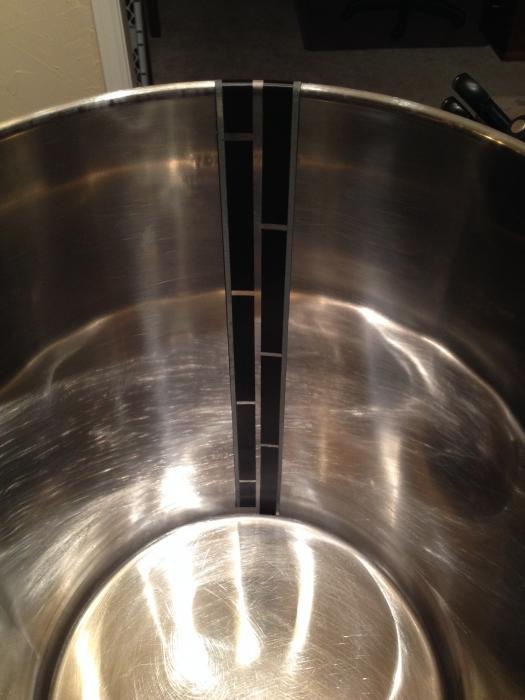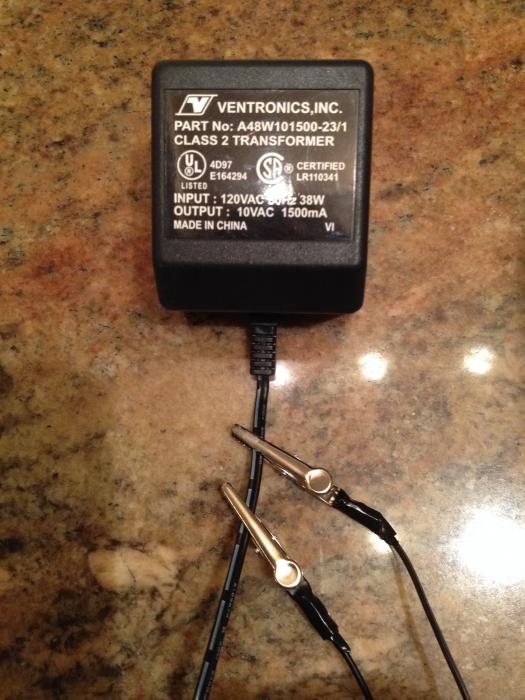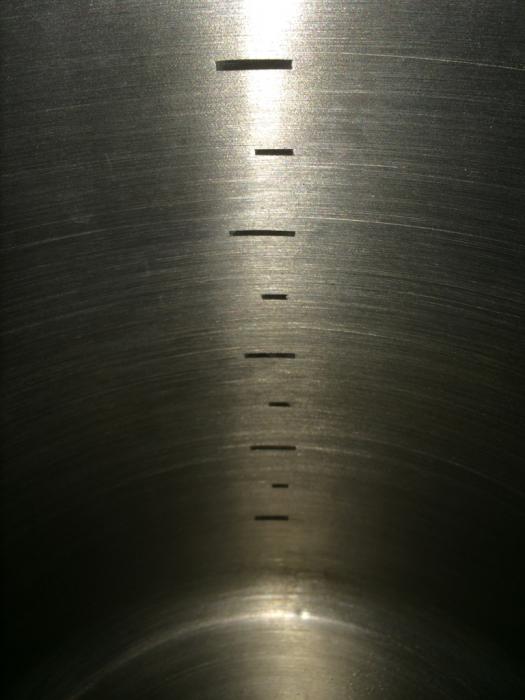One my 8 gallon kettle I marked out 2 lines one for 6.5 gallon and one for 5 gallon using a dull punch that I rounded out, tap tap TAP on it worked  best way not to compromise the integrity of you pot by etching or grinding
best way not to compromise the integrity of you pot by etching or grinding
Sent from my iPhone using Home Brew
Sent from my iPhone using Home Brew
























































![Craft A Brew - Safale BE-256 Yeast - Fermentis - Belgian Ale Dry Yeast - For Belgian & Strong Ales - Ingredients for Home Brewing - Beer Making Supplies - [3 Pack]](https://m.media-amazon.com/images/I/51bcKEwQmWL._SL500_.jpg)















